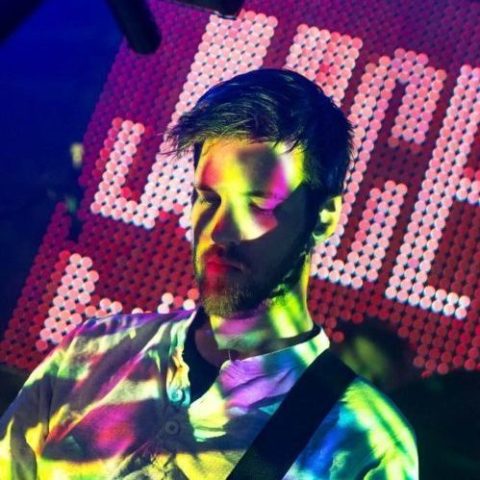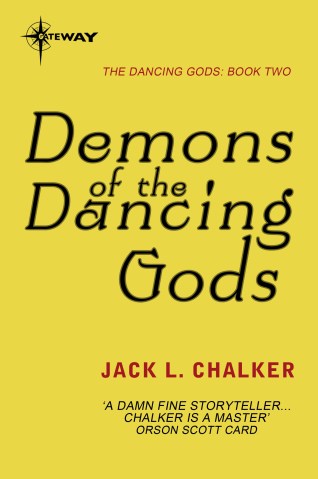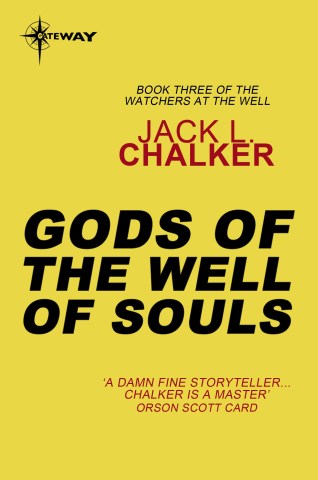Using filters to extend your exposures
You know that you can capture exciting photos using ultra-long shutter speeds, but most of the scenarios when you’d do this share a common factor—low ambient light levels, which in fact make extreme exposure times almost a necessity. However, there’s no reason why exposure times can’t be extended in daylight, so you can record movement in a subject, even in bright conditions.
 Although water is the common subject for ultra-long daylight exposures, in this photograph a strong, 13-stop ND filter has provided an ultra-slow shutter speed that records the movement of the clouds, adding even more drama to the sunset scene.
Although water is the common subject for ultra-long daylight exposures, in this photograph a strong, 13-stop ND filter has provided an ultra-slow shutter speed that records the movement of the clouds, adding even more drama to the sunset scene.
Canon EOS Rebel | 10-20 mm zoom @ 10 mm | 100 secs | f/11 | ISO 100
All you need is to reduce the amount of light reaching the sensor.
The easiest way to do this is by using a neutral density (ND) filter, or several ND filters in combination. Neutral density filters are constructed from partially opaque resin or glass and are designed to block a fixed amount of light, without affecting the colour of the image (hence “neutral” density).
The amount of light a particular ND filter blocks is expressed in stops, with one, two, and three stop filters readily available from most filter manufacturers. Their effect is fairly self-explanatory; a one stop filter lets you extend an exposure by one stop, or one EV (extending it from 1/30 sec to 1/15 sec, for example); a two stop filter extends an exposure by two EV (1/30 sec to 1/8 sec); and a three stop ND filter will let you extend the exposure time by three stops (1/30 sec to 1/4 sec). Some manufacturers produce much stronger ND filters—up to 13 stops in some cases.
ND filters are available as round, screw-in filters, or as square filters that can be mounted to your camera using a filter holder. While the screw-in variety tend to be cheaper, you might want to invest in a filter holder and one or more square, slot-in ND filters. While the holder and filter(s) might cost more initially, if you intend to use them with multiple lenses it’s much cheaper to buy several adapters so you can mount them on each of your lenses than to buy screw-in filters that will only fit a specific lens diameter. A filter holder will also make it much easier to stack ND filters as you could use a 0.9 ND and 0.6 ND filter at the same time, for example, to reduce the light by five stops.
 A 91⁄2-stop neutral density filter extended the exposure time for this daytime shot to 30 seconds, transforming the water into a soft mist. A 3-stop graduated neutral density filter was also used, to balance the bright sky.
A 91⁄2-stop neutral density filter extended the exposure time for this daytime shot to 30 seconds, transforming the water into a soft mist. A 3-stop graduated neutral density filter was also used, to balance the bright sky.
Canon 5D Mk II | 17-40 mm zoom @ 21 mm | 30 secs | f/11 | ISO 50
Screw-in filters can also be stacked, but this can cause problems if you are shooting with wide-angle lenses as the rim of the front filter may be visible in the shot, creating vignetting (corner-shading) in the final image.
Whether you choose screw-fit or slot-in ND filters, either alone or stacked, the filters themselves are very easy to use—simply attach them to your camera, compose your shot, and shoot as normal. Because your digital SLR’s through-the-lens metering system takes the exposure reading through any filters that are fitted there are no special exposure requirements. The only downside is that the image you see through your viewfinder will be darker because you are seeing through the filter(s). If this is a problem, compose and focus manually without the filter(s) attached, and then attach the filters and shoot as normal.
Extreme Exposure is David Nightingale’s guide to unshackling your photography and refreshing your approach to picture-making by taking a more extreme view of exposure. It shows you how to get the most from your camera and exploit its full creative potential, how you can shoot images that are impossible to see with the naked eye and deal with difficult exposure situations, and provides you wish pages of inspiration.
 Extreme Exposure
Extreme Exposure
David Nightingale
Buy it now!




